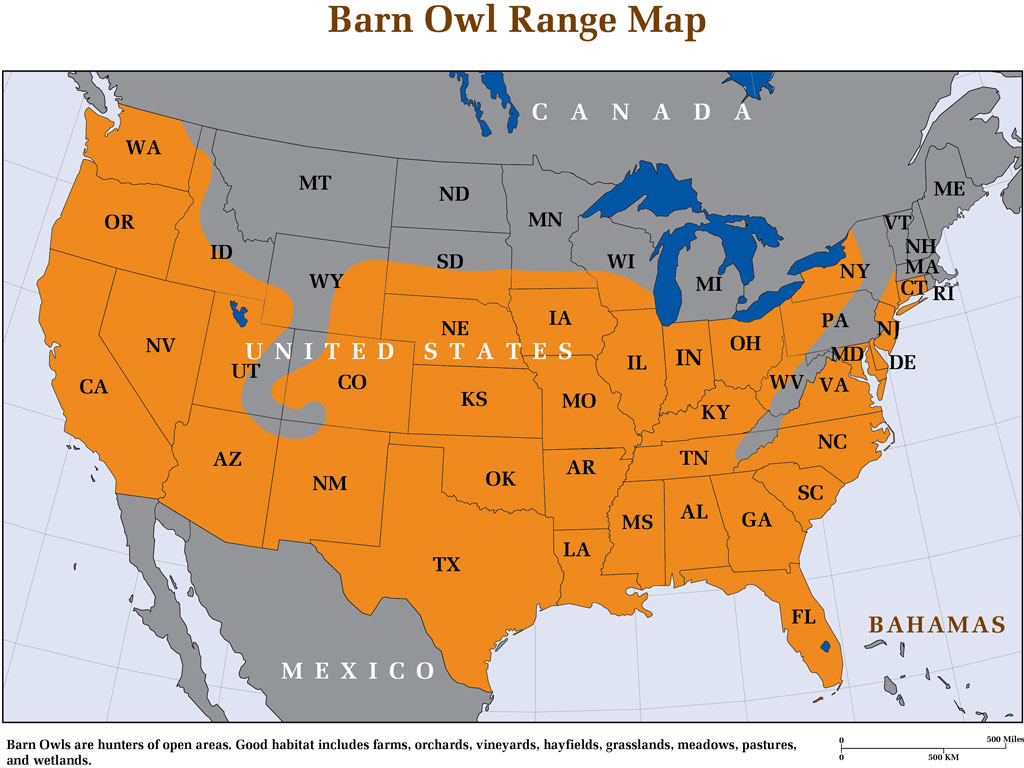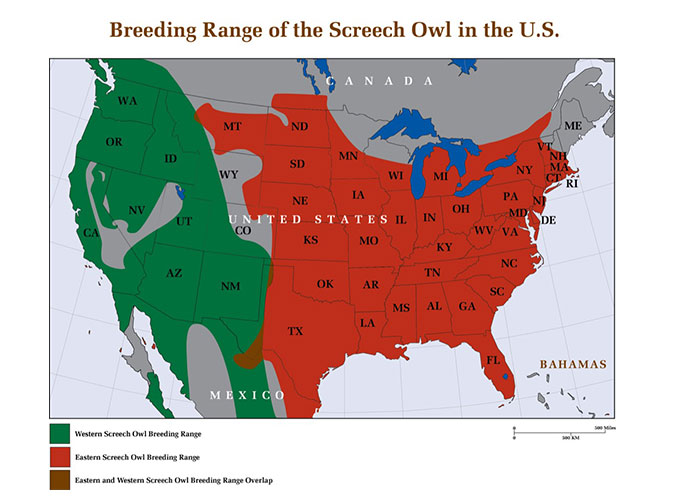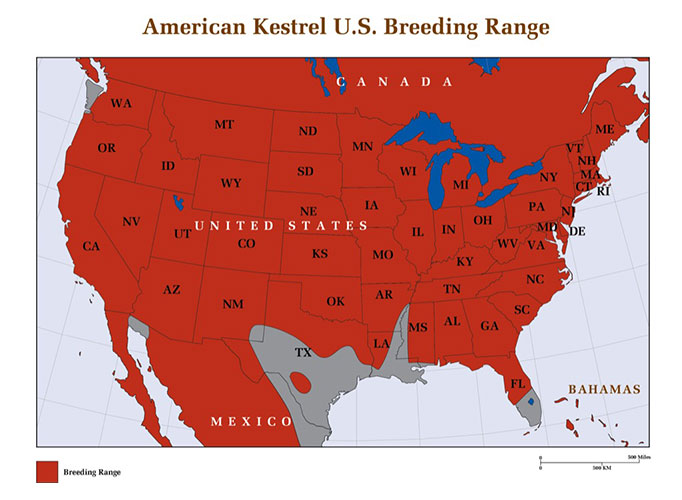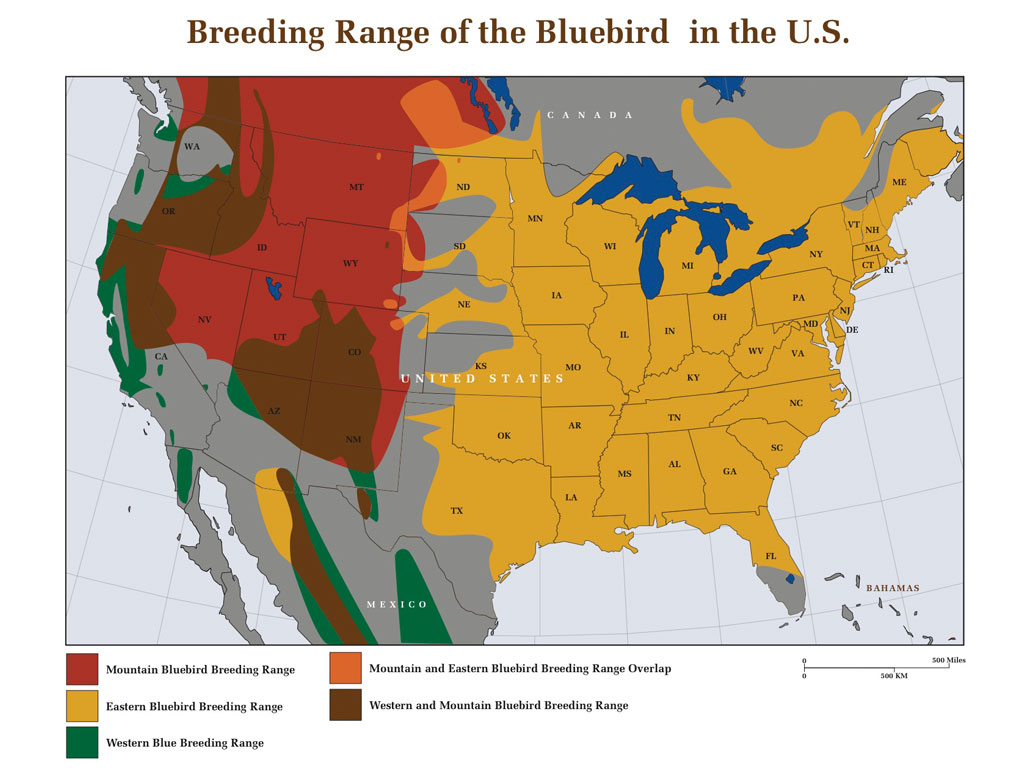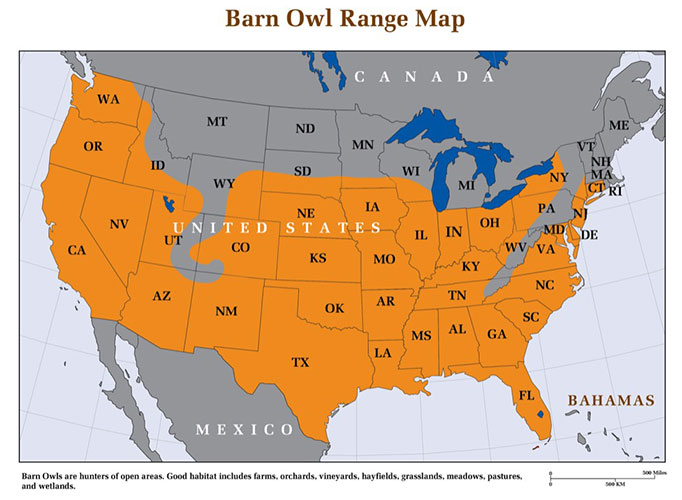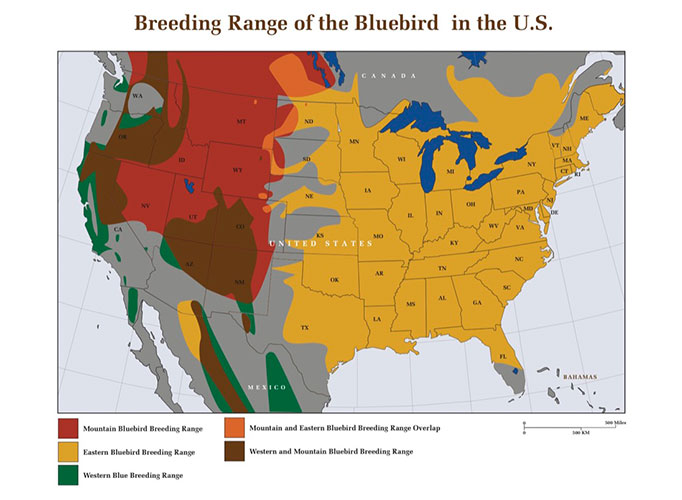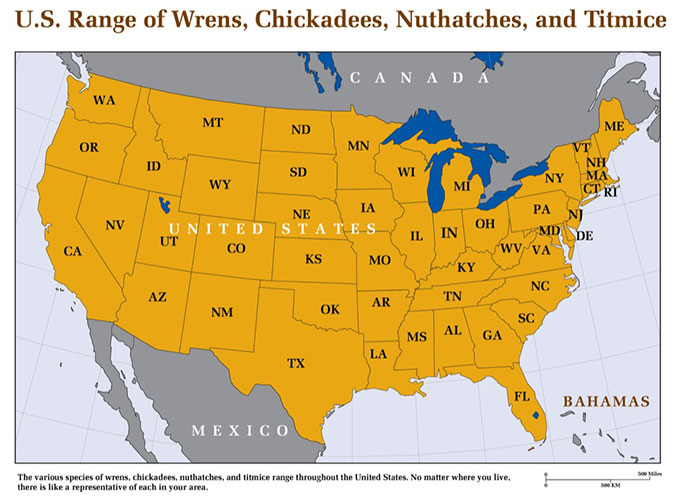Free Shipping to the Contiguous United States
Wisconsin Barn Owls
Barn Owls in Wisconsin The barn owl in Wisconsin is rare and listed as endangered. Most breeding records have come from the southern counties where the state Bureau of Endangered Resources has attempted to bolster barn owl populations over the…

